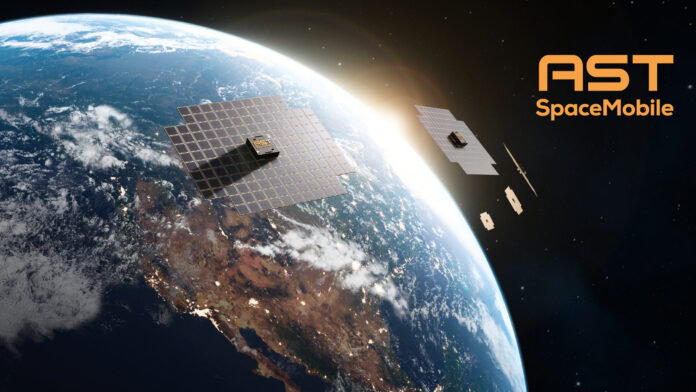Later this year, select first responders using AT&T FirstNet will participate in trials to evaluate public safety-grade connectivity enabled by satellite
The Federal Communications Commission (FCC) has granted AT&T and AST SpaceMobile permission to test direct-to-cell satellite connectivity using spectrum allocated for public safety. This milestone allows the companies to trial connections over Band 14 — the spectrum band licensed to the FirstNet network — using AST SpaceMobile’s BlueBird satellites, which are currently in low Earth orbit.
This new testing authority is part of a broader initiative to extend FirstNet’s mission-critical capabilities beyond the reach of traditional terrestrial infrastructure. AT&T, the official contractor behind FirstNet, is working closely with AST SpaceMobile to explore how satellite-based communications can complement and enhance the FirstNet network, especially in rural, remote or disaster-impacted areas.
Later this year, select first responders using FirstNet will participate in trials to evaluate public safety-grade connectivity enabled by satellite. The goal is to provide consistent and reliable service even in locations where cell towers are unavailable or temporarily offline.
“Satellite connectivity on FirstNet is being built with public safety’s unique needs in mind,” said Matt Walsh, assistant vice president of FirstNet and NextGen 9-1-1 products at AT&T. “First responders need more than the minimum, and we are excited to continue building out our comprehensive network to serve the public safety community.”
This isn’t AT&T’s first foray into satellite-backed solutions for public safety. FirstNet already includes a dedicated fleet of more than 180 satellite-supported deployable network assets, including Satellite Cell on Light Trucks (SatCOLTs), that can be rapidly dispatched during emergencies. These portable units have proven vital during natural disasters, providing temporary coverage where infrastructure has been damaged or destroyed.
In addition, FirstNet was the first public safety network to enable agencies to purchase and operate their own mobile cell sites. More than 500 agency-owned assets are now in use across the country, enhancing local control and response capabilities.
FirstNet users with compatible devices can also access satellite-powered features today, including peer-to-peer messaging and emergency connectivity in areas where cellular service is limited or unavailable. These capabilities support operational continuity and allow first responders to communicate even when traditional infrastructure is offline.
The upcoming tests with AST SpaceMobile will build on these efforts, with a focus on delivering seamless satellite-to-cell service that behaves like a standard mobile connection— no specialized equipment or terminals required. The vision is to allow a standard smartphone to connect directly to a satellite in space, just as it would to a nearby tower.
While AT&T is pursuing space-based connectivity through its collaboration with AST SpaceMobile, other major U.S. carriers are also exploring direct-to-cell technology through different strategies. T-Mobile has partnered with SpaceX to develop satellite-to-phone services using Starlink’s low Earth orbit satellites, initially focusing on text messaging and expanding to voice and data in the future. The public beta phase kicked off in February.
Verizon, meanwhile, is working with Amazon’s Project Kuiper to explore enterprise-focused satellite services, though it has not publicly committed to a consumer-grade direct-to-cell offering. These varied approaches reflect the growing recognition across the telecom industry of satellite connectivity’s potential to close coverage gaps and improve network resilience, especially in underserved or disaster-stricken areas.
But back to AT&T: In 2023, the carrier announced that it successfully completed the first two-way voice call using a standard smartphone connected directly to AST’s BlueWalker 3 satellite. That call, made between Texas and Japan, demonstrated the feasibility of satellite-to-mobile communications without the need for special hardware — laying the groundwork for today’s FirstNet applications and this new FCC-approved public safety testing.
As AT&T and AST SpaceMobile move forward with satellite communications testing, the results could shape the future of hybrid connectivity for public safety, blending terrestrial and non-terrestrial networks into a resilient, always-on communications ecosystem.

